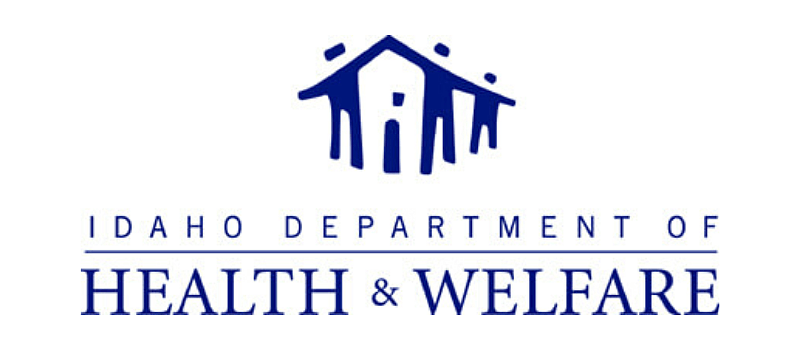Rainier Surgical
Our Mission
To provide our patients and customers with valued orthopedic and rehabilitative products and services in a caring and professional manner, while maintaining a rewarding atmosphere for our customers and associates.

Physicians have been referring patients to Rainier Surgical for over two decades. Our years of experience in providing quality medical services have helped us develop a deep understanding of the needs of physicians and their patients. Our patient-focused company combines a reputation for market excellence with a progressive approach to the use of emerging solutions and technologies.
Core Values
Integrity
Clinical and Operational Excellence
Unsurpassed Customer Satisfaction
Flexible and Entrepreneurial Operations
Creativity and Innovation
Shared Success
Core Values
- Integrity
- Clinical and Operational Excellence
- Unsurpassed Customer Satisfaction
- Flexible and Entrepreneurial Operations
- Creativity and Innovation
- Shared Success
Frequently Asked Questions
Most of the orthotic services provided by Rainier Surgical are covered by health insurance, including Medicare. The amount of coverage available for services can vary quite a bit depending on the type of policy you hold. If you have more than one insurance plan, it is possible that the entire cost of your care could be covered.
In most cases, some percentage of “co-pay” is required to be paid out-of-pocket by the patient at the time the orthotics or prosthesis is delivered. Before your first appointment, it is a good idea to visit with your insurance company, or prospective insurance company, to understand exactly what benefits are available for Rainier Surgical services
A health insurance policy is a contract between an insurance provider (i.e. an insurance company or a government) and an individual or their sponsor (i.e. an employer). The type and amount of health care costs that will be covered by health insurance provider are specified in writing in a member contract.
A premium is the amount the policy-holder or their sponsor (i.e. an employer) pays to the health plan to purchase health coverage.
A deductible is the amount that the insured must pay out-of-pocket before the health insurer pays its share. For example, policy-holders might have to pay a $500 deductible per year, before any of their health care is covered by the health insurer. It may take several doctor’s visits or prescription refills before the insured person reaches the deductible and the insurance company starts to pay for care. Some plans may have separate deductibles for specific services.
Instead of, or in addition to, paying a fixed amount up front (a co-payment), the co-insurance is a percentage of the total cost that insured person may also pay. For example, the member might have to pay 20% of the cost of a service over and above a co-payment, while the insurance company pays the other 80%.
Exclusions are services which are not covered by the insured’s policy. The insured are generally expected to pay the full cost of non-covered services out of their own pocket.
Some health insurance policies only pay for health care up to a certain dollar amount. The insured person may be expected to pay any charges in excess of the health plan’s maximum payment for a specific service. In addition, some insurance company schemes have annual or lifetime coverage maximums. In these cases, the health plan will stop payment when they reach the benefit maximum and the policy-holder must pay all remaining costs.
Similar to coverage limits, except that in this case, the insured person’s payment obligation ends when they reach the out-of-pocket maximum, and health insurance pays all further covered costs. Out-of-pocket maximums can be limited to a specific benefit category (such as prescription drugs) or can apply to all coverage provided during a specific benefit year.

















